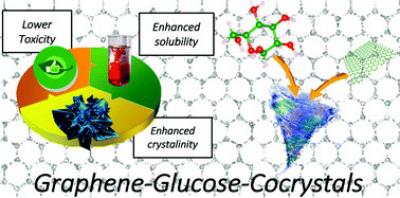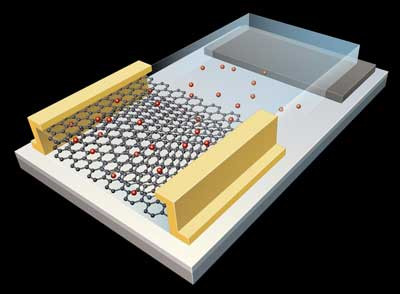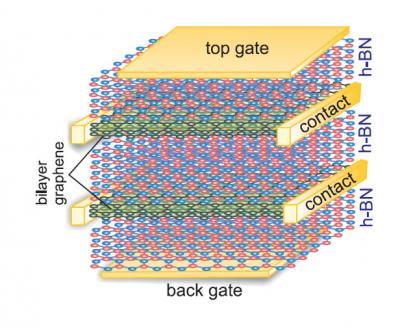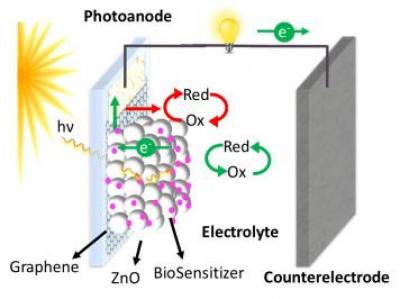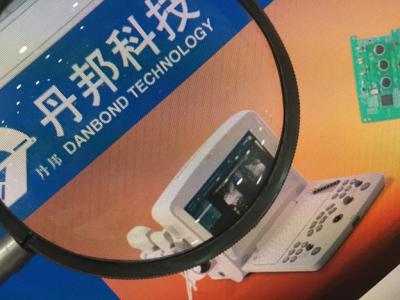Researchers turn graphene into a molecular toggle switch
A team of researchers from Denmark, Italy and Portugal recently discovered a new mechanism for controlling electronic devices using molecules. The researchers have shown that the ferroelectric ordering of polar molecules attached to the edge of graphene can be toggle-switched by an electrostatic gate and can be used for memory devices and sensors.
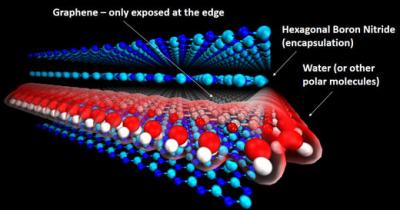
Molecular electronics aims to use individual molecules to control electronics. The large library of molecules and techniques to modify them can create more sophisticated electronics than previously thought possible. The normal hindrance is the small size of the molecules. It's possible to create them, but they are incredibly difficult to handle. It is almost impossible to manipulate small enough features in ordinary materials to electrically connect with individual molecules.



